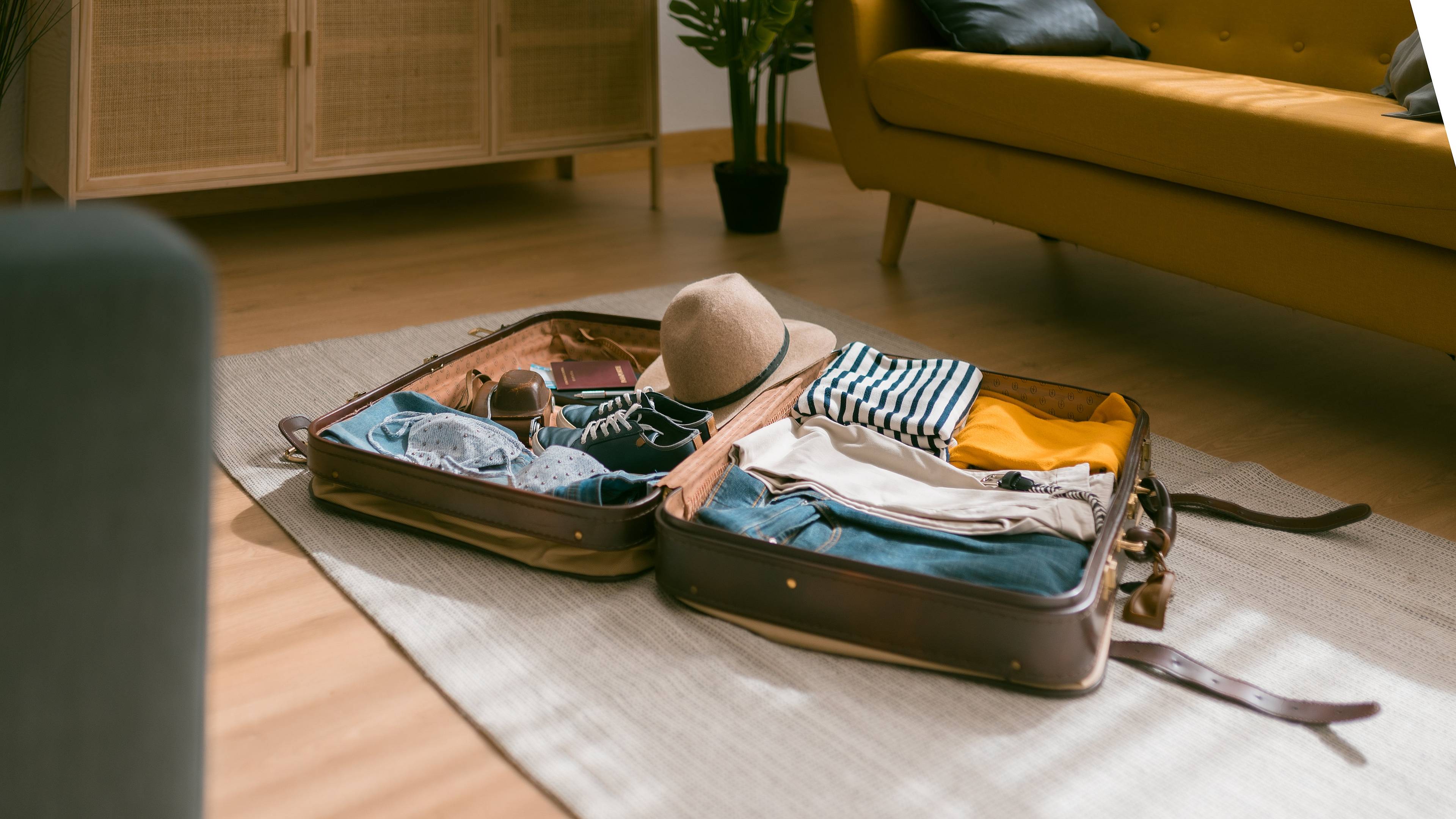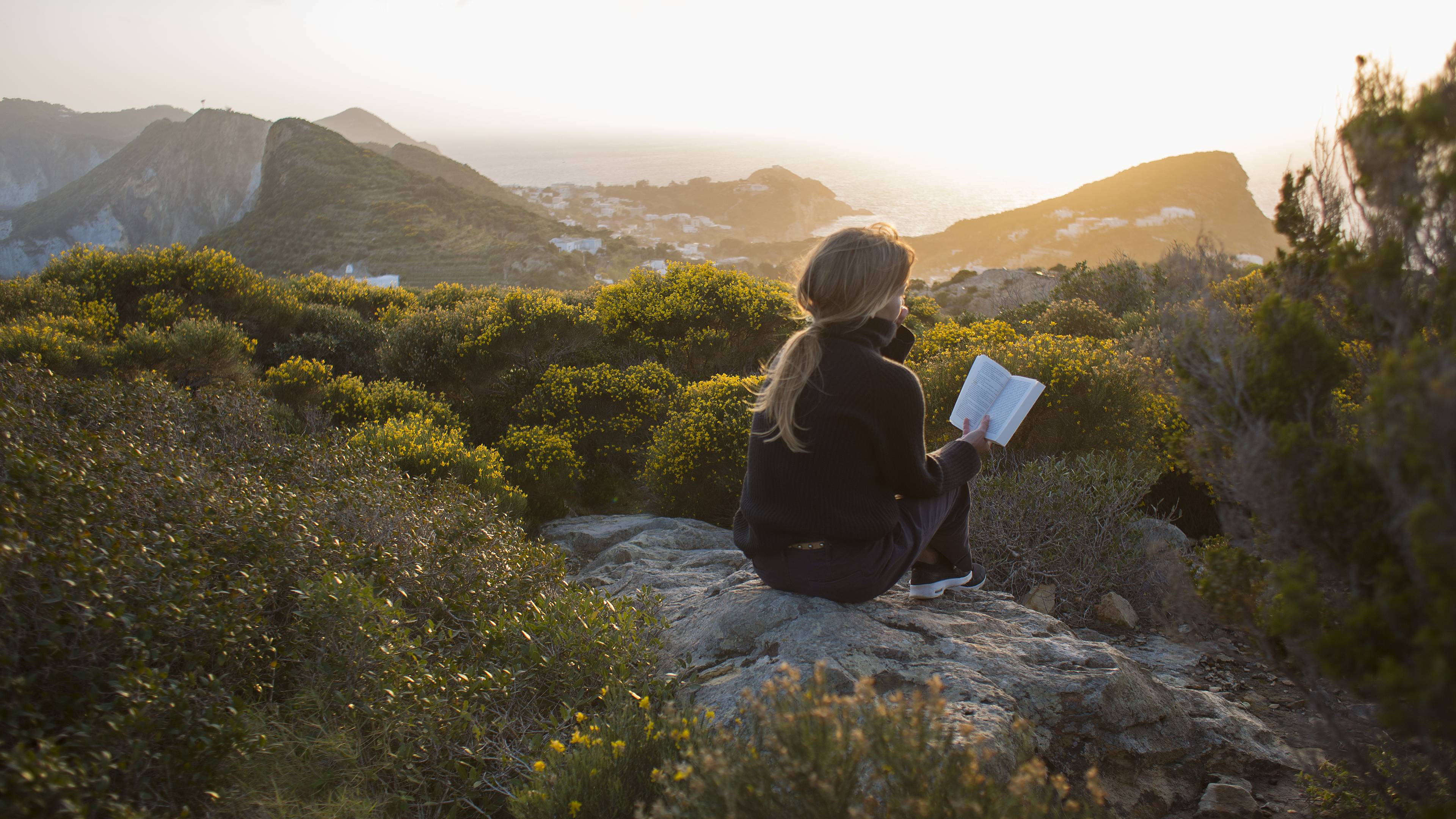

The best times to go in South Korea
Jan
Feb
Mar
Apr
May
Jun
Jul
Aug
Sep
Oct
Nov
Dec
The best period to go to South Korea is from September to November. It's at this time of year that the weather is the most pleasant and the natural colours are the most beautiful. It's also possible to go to South Korea in winter to see it covered in snow. Though spring can be pleasant too, the hotels and tourist sites are often crammed: it's during this period that Japanese tourists choose to visit. Summer is the most touristy period, but it's sometimes stiflingly hot and it can rain heavily in July: best to avoid it.
The ideal times to go in South Korea based on your desires
Travel to the rhythm of the Korean festivals
Jan
Feb
Mar
Apr
May
Jun
Jul
Aug
Sep
Oct
Nov
Dec
In January, celebrate the snow with Taebaeksan's Ice Festival: ice sculptures and dinners in igloos will transport you to a different place. July welcomes the Dano Festival, celebrating the shamanic traditions. At the end of September and beginning of October, the Masked Dance Festival takes place. In October, Bupyeong's Pungmul Festival is held, welcoming traditional music and dances. In the same month, the World Martial Arts Festival takes place.
Travel to listed sites
Jan
Feb
Mar
Apr
May
Jun
Jul
Aug
Sep
Oct
Nov
Dec
Several sites in South Korea are listed as Unesco World Heritage sites. Discover the Seokguram caves, where a magnificent old Buddha remains. Many sites in Seoul are also listed, such as Jongmyo, a royal sanctuary. And don't miss the hillside tombs around the village of Gochang. It's preferable to go in autumn or winter.
Travel to observe the fauna and flora
Jan
Feb
Mar
Apr
May
Jun
Jul
Aug
Sep
Oct
Nov
Dec
The vegetation is different according to the region of the country. You can admire beech and fir trees in the North, then camellia and gingko in the South. As for the fauna, you will come across roe deer and black bears. The country is also perfect to observe birds. Choose autumn to have the chance to come across these different species, and above all to observe nature in its most beautiful colours.
Travel high in the air
Jan
Feb
Mar
Apr
May
Jun
Jul
Aug
Sep
Oct
Nov
Dec
Adrenaline junkies, take the bridge which is over 50 metres high to cross Wolchulsan national park. You can also hike on the many Korean routes or learn how to dive! Choose the autumnal months to not be too cold when practising your favourite sports, unless you're going to ski in which case of course go in winter.



